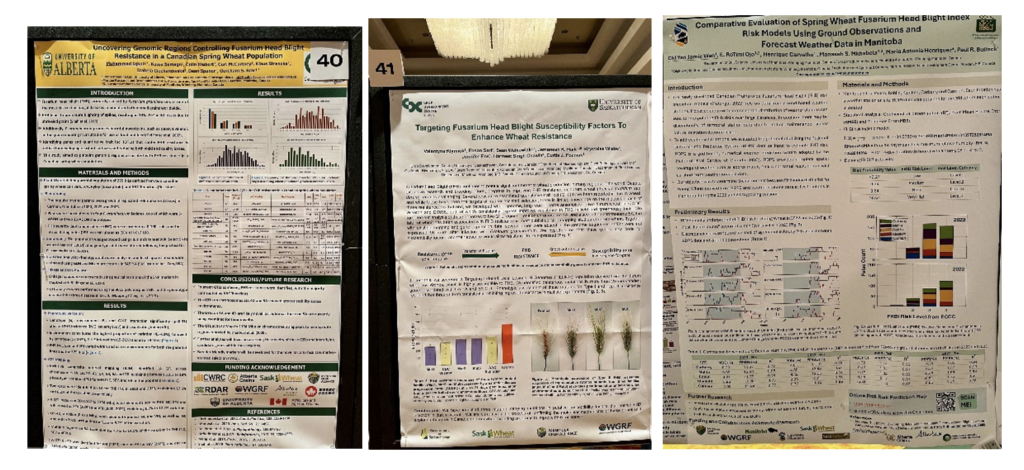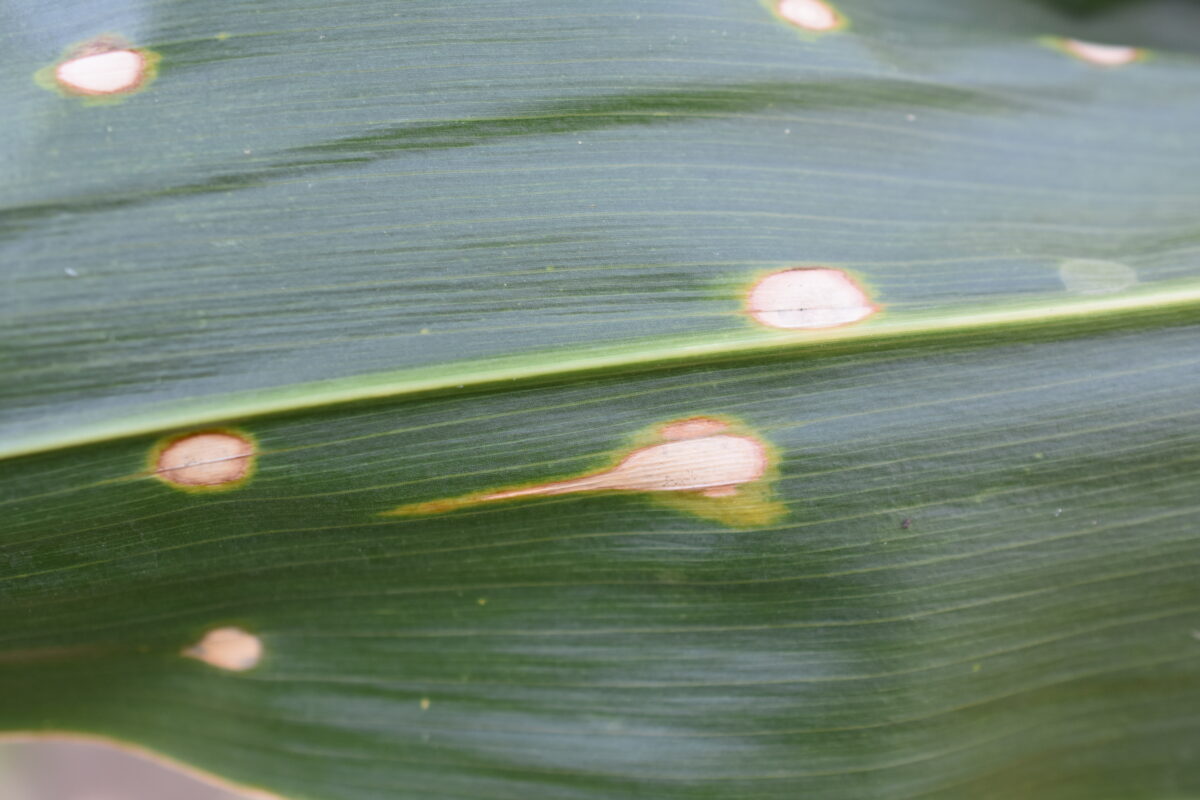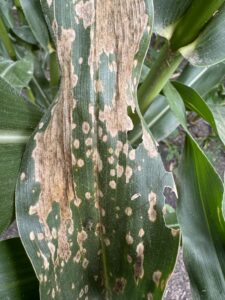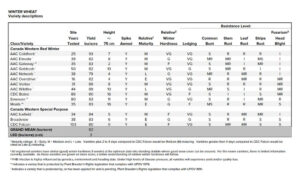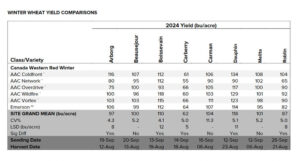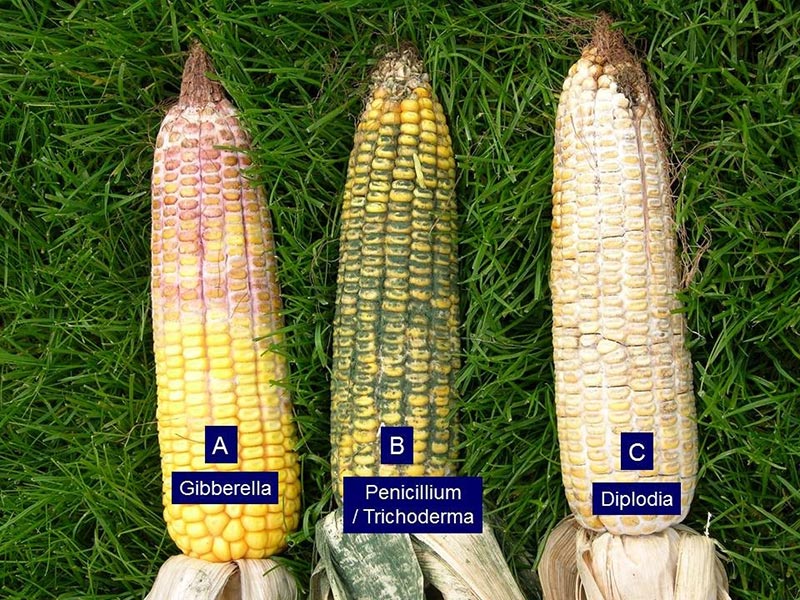Malcolm Morrison, crop physiologist, Agriculture and Agri-Food Canada

Malcolm Morrison is a crop physiologist at Agriculture and Agri-Food Canada’s (AAFC) Ottawa Research and Development Centre. He holds a bachelor’s degree in agronomy from Macdonald College (part of McGill University), a master’s in plant breeding from the University of Saskatchewan and a PhD in canola physiology from the University of Manitoba (U of M). His career has focused on finding traits for resistance to abiotic stresses such as cold, heat and moisture stress.
Morrison lives in Ottawa, ON, with his wife and their Australian Shepard. Their two adult children live nearby and visit weekly.
Where did you work before AAFC?
Before joining AAFC, I had different summer jobs, including working in southern Ontario for King Grain. After completing my master’s, I applied for a position with AAFC and was hired as a biologist. I did a PhD at U of M in canola physiology with Peter McVetty and began working as a research scientist in Ottawa in 1988.
What got you interested in this area of work?
I have always been interested in how crops grow, become efficient and handle stress – factors that affect the transition from one seed to many. In my first-year botany class, the professor described a seed as “a baby plant carrying its lunch,” and that idea stuck with me.
My work has been focused on increasing the number of “baby plants” and analyzing or improving their “lunch,” whether oil, protein or nutritional and antinutritional compounds. We studied soybean protein across Western Canada, for example, examining how efficiently crops take up nitrogen and store it in their seeds. Understanding and improving the way a crop collects, utilizes and stores things such as solar radiation, moisture and nutrients has been a major focus throughout my career.
Tell us a bit about what you’re working on at AAFC.
Currently, I work with two great technicians, Claire and Tom, and we start each day with a brief meeting to plan out the day or week. I work on emails and focus on reports and analyzing data from projects. We have experiments on the go year-round at various stages from start to finish, either in fields or growth cabinets.
One example is the “Getting the jump on spring corn growth” project, funded partially by Manitoba Crop Alliance. This project began in 2023 and builds on years of work we’ve done since 2014 on improving early growth cold tolerance in corn. There are three main objectives of this research: to validate our previous results with a new set of hybrids, to broaden our understanding of plant performance beyond initial emergence and to conduct field tests in Manitoba and Ontario to determine whether early germination leads to faster seedling and plant growth.
Initial findings demonstrate a connection between faster emergence and enhanced root development in colder temperatures. Some hybrid corn lines emerged up to five days earlier than the checks, with improved root growth at lower temperatures, too. In warm temperatures, differences between hybrids disappeared. Initial field trials in Ottawa in 2024 indicate that hybrids seeded early on May 6 reached maturity by Sept. 18.
What can you say about the value of farmers providing funding and support to your work?
I’m a big proponent of check-off funds going towards research objectives established by farmers. These funds enable researchers to address specific challenges identified by grower organizations. Farmer-driven priorities ensure our research solves real-world problems.
How does farmer funding and support directly benefit farmers?
I hope farmers use our research findings to spark questions or give them the information they need to make decisions on their operations. Our soybean research in moisture stress has led to at least six registered varieties over the past 10 years, and corn inbred lines with improved cold tolerance are on the horizon. This is how our work is getting into the hands of farmers.
How do you spend your time outside of work?
I enjoy building things in my workshop, and I’m a moderately OK woodworker. I have kept tropical fish for most of my life, knit toques (which I make everybody wear), and stay active with our dog. I also enjoy riding my bike to work.
What is the best part of your job?
My job has two key aspects. First, the concrete science: selecting for better cold tolerance in soybean and corn, as well as looking at moisture stress tolerance in soybean, to help plant breeders and farmers. Then there is the abstract side, where I explore how plants grow and how environmental factors influence crop development.
A fun experiment we do is the 50 Years of Soybeans, which I’ve been a part of since 1992. It involves growing a collection of soybean varieties – two per decade, starting as far back as the 1930s – to study how plant breeding has improved yields (genetic gain) and how it was accomplished. For example, we discovered that breeders have developed varieties with smaller leaf area, but that leaf area was more efficient with improved photosynthesis per area and better water-use efficiency.
This ongoing experiment, which I grow every year with all the inputs and methods being held constant, is now nearly 30 years old. This allows us to study the impact changes in the environment on crop yield. For example, when we started the experiment in 1992 the atmospheric carbon dioxide concentration was ~360 ppm and today it is over 415 ppm.
What gets you most excited about your work?
I am a frustrated engineer at heart. What gets me excited is making a new instrument or tools for fieldwork and seeing them in action. For example, working with one of our mechanical technologists we built a drip tape application device that hooks behind my seeder, so we could seed and put the drip tape into the ground at the same time. When it left trenches in the soil, we developed a device to cover up the trenches and roll the soil. I really enjoy turning ideas into functional tools with our workshop team.
Over my career I have had over 120 students, some of whom have gone on to careers in science – that is rewarding.
I have spent a year (spread out over three visits) living and working in Australia, which was a childhood dream of mine ever since watching Skippy the Bush Kangaroo. Australia is a hot and dry Canada – the people enjoyable and the scenery ancient, vast and spectacular.
What is the best piece of advice you have received?
My father, who inspired me, said, “Listen to everyone. Don’t get so wed to one idea that you can’t be convinced that you’re wrong and somebody else is right.” Taking input from everybody allows you to develop a more rounded approach to your research and your life.





